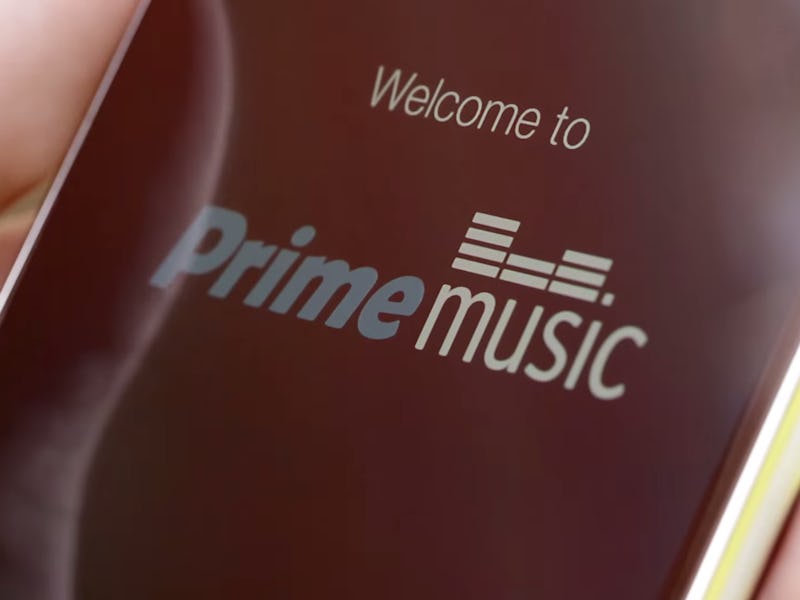For My Money, Amazon Prime Music Tops Apple and Spotify
The quiet giant in streaming music.

The launch of Apple Music service late last month capped years of rumors and speculation about when the tech behemoth would jump into streaming music. For a mere $10 a month, you can get Apple’s entire catalog of songs at your disposal, plus curated playlists, a new social networking feature, and a 24-hour radio station with the world’s top DJs. As with every Apple doodad, people seem enthralled.
But I won’t be subscribing. With less fanfare, my Amazon Prime Music has already been doing many of the same things, for cheaper.
The one-stop-shopping giant’s streaming service popped online about a year ago. For some reason it rarely cracks conversations about Spotify, Pandora, or Google Plays even though it’s clearly a peer. It comes packaged with the annual $99 Amazon Prime subscription fee: an on-demand and ad-free catalog of more than a million songs to stream to your ears’ content.
Though many probably don’t use the streaming service, Amazon’s 40 million Prime subscribers double Spotify’s 20 million paying customers, tower over Rhapsody’s 2.5 million, and dwarf Tidal’s 800,000 hi-fi sticklers. There’s no official subscriber info on Rdio, but it’s thought to have fewer than 500,000 users. Pandora’s alleged 80 million subscribers beat out Amazon in pure mass, though only a modest fraction of them pay the $4.99 monthly fee for its ad-free service.
Amazon subscribers are sitting on a relative treasure trove of streaming music, and casual listeners (like me) don’t have to sign up for anything extra to get awesome tunes into their ear holes. That added value has the other trappings of an attractive streaming service: an intuitive interface with cover art, artist pages, and recommendations based on your listening habits that you can save to your own library of songs and albums.
Apple Music’s catalog is deeper, but Amazon has more than a million group of songs and playlists yields a thorough enough selection for most human lifetimes. Some for-instances: I heard about a possible new album from multi-bearded indie folk band Fleet Foxes and was delighted to find their two records and an EP there for the taking. Over the July 4th weekend I wanted to pump some Springsteen, natch, and Born in the U.S.A. (and a majority of his albums) was there to ride on repeat. Last week, I needed to hit a deadline, so I shopped through a bevy of pre-made playlists categorized by genres or by moods and activities. Amazon also streams at a preposterous (that is, beyond your ability to discern) 256kbps audio quality, for whatever that’s worth.
The service doesn’t keep up with every new release the way Apple Music and other streaming services do. But it still manages to keep music junkies satiated. I was nanoseconds away from buying Leon Bridges’ Sam Cooke-esque new record Coming Home on iTunes before Amazon listed it in their new albums menu. The list goes on from there. You want a new pop record, they’ve got Nate Reuss’s new solo effort. You want just-released socially conscious R&B jams? D’Angelo’s Black Messiah is a tap away. You want some crunchy indie noise to get you psyched for your weekend? Australian indie rock shredder Courtney Barnett’s critically lauded debut Sometimes I Sit and Think, and Sometimes I Just Sit is there to make your ears bleed.
Apple may have pulled out all the stops to launch its Beats-based streaming service, and Spotify may have the most experience behind the basic streaming music formula, but people shouldn’t sleep on Amazon Prime Music. It’s a solid streaming experience that delivers on its simple promise of bringing you music that you want to hear. If you’re already a Prime member, there’s no need to change.